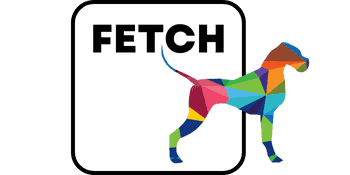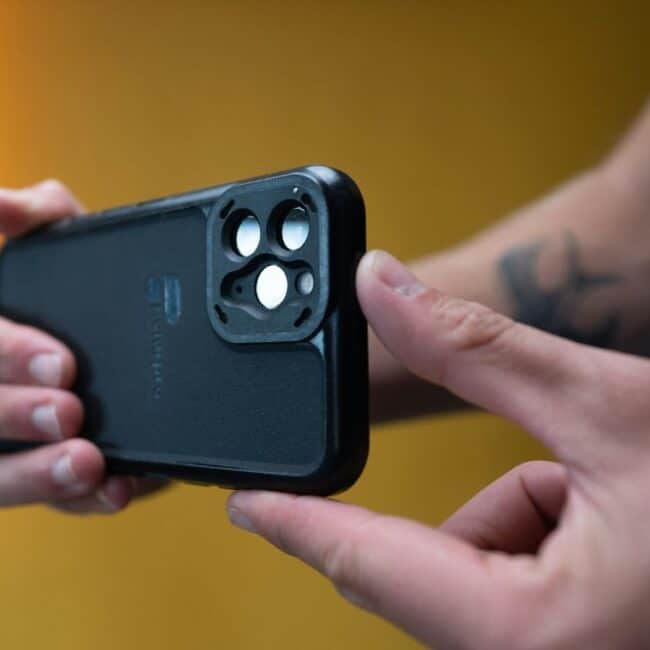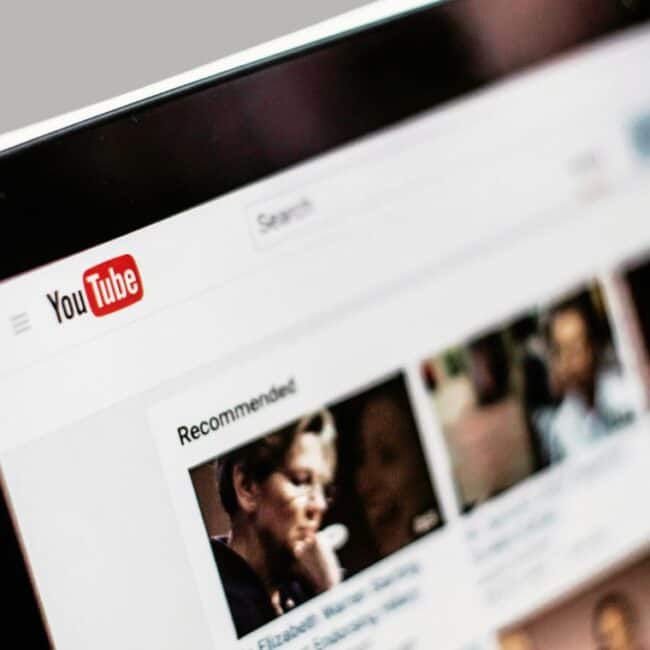
Understanding buyer psychology in social media marketing
Reading Time: 4 minutesWhen it comes to buyer psychology in social media most posts fail. Not because they’re badly written or designed. They fail because they don’t connect to how people actually make decisions. If you want your content to stop the scroll, build trust, and inspire action, you need to meet your audience where their decisions are made. That starts with understanding buyer psychology.
What is buyer psychology in social media (and why it matters)
Buyer psychology, sometimes called behavioural economics is about how emotions, biases, and motivations drive action. It’s not abstract theory; it’s a practical lens that helps you shape content that resonates.
When you layer buyer psychology onto your social strategy, the same post that once blended into the feed can suddenly trigger recognition, relevance, and response.
How buyers really decide (planner vs doer)
At any given time, your buyers sit somewhere between two mindsets:
– The planner (long-term): weighing up, comparing, thinking about future benefits.
– The doer (short-term): looking for instant results, emotional payoff, and quick wins.
Your content has to work for both. A cold audience might be in planner mode, researching quietly. But the right testimonial, offer, or time-sensitive hook can flip them into doer mode – ready to act.
The 3 universal motivators (health, wealth, relationships)
Almost every purchase ties back to one of three human motivators:
– Health: looking better, feeling stronger, improving wellbeing.
– Wealth: saving time, making money, reducing risk.
– Relationships: earning respect, trust, connection, or belonging.
Your content’s job is to clearly connect your product or service to one of these motivators. If a post doesn’t answer “what does this help me become?” it won’t stick.
The buyer’s learning journey on social
Think of buying as a learning process – one that maps to how people engage with your content:
– Cognitive: reading, watching, researching (cold audience).
– Constructivist: imagining themselves using your product or service (warm audience).
– Experiential: trialling or buying (hot audience).
Social content should move people along this path. Educational reels pull people into cognitive. User-generated content and FAQs help them imagine themselves (constructivist). Offers, demos, and behind-the-scenes nudge them into experiential.
Why emotion drives the scroll (not logic) when it comes to buyer psychology in social media
We like to think we buy rationally. But most buying decisions start with emotion. Fear, pride, relief, curiosity, joy – these are the sparks that make someone click, comment, or convert.
Logic kicks in later as justification. Your role is to spark that initial feeling. Use emotional hooks in captions and stories that create empathy, and outcomes that connect to identity, not just product features.
Storytelling that converts (Epiphany Bridge)
Storytelling works because it mirrors the way humans process change. The Epiphany Bridge model captures this perfectly:
– Before: “I was stuck with X…”
– Breakthrough: “Then I discovered Y…”
– After: “Now I finally feel Z…”
When you tell this kind of story, your audience sees themselves in it. They believe the transformation is possible for them, too. That’s how trust and momentum are built.
Psychological levers that still work (scarcity + social proof)
Humans are wired to avoid loss more strongly than we seek gain. That’s why scarcity, used sparingly, still converts.
Think:
– “Only 3 spots left”.
– “Offer ends Sunday”.
– “This deal won’t be back until Q4”.
The key: urgency must be real. Fake FOMO kills trust faster than it builds clicks.
Social proof: the shortcut to trust
People trust people more than brands. That’s why social proof is still your fastest trust-builder.
Share:
– Screenshots of real feedback.
– Clients talking about their experience.
– Team members celebrating client wins or successes.
Every time your audience sees someone else vouching for you, you lower the perceived risk for them, of choosing you.
Practical tips: Turning buyer psychology in social media into content strategy
Five ways to start applying this today:
– Audit your last 10 posts. Which buyer temperature were they targeting – cold, warm, or hot? Fix any imbalance.
– Inject story. Use the Epiphany Bridge in your next caption. Make people feel, not just scroll.
– Turn praise into proof. Screenshot a review, a DM, or a client quote and turn it into a post with context.
– Lead with emotion. Write opening lines around relief, regret, transformation, or challenge, not product features.
– Close with clarity. Always give one simple next step: click, book, comment, share.
Platform-specific playbook: Tailoring psychology for each channel
LinkedIn:
Lead with credibility. Share client outcomes, before/after insights, and team wins. End with a clear CTA.
Instagram:
Emotion first. Use visuals that spark recognition and captions that hit a feeling within the first line. Perfect for belonging and lifestyle cues.
TikTok:
Show, don’t tell. Dramatise the problem or transformation with hooks, trends, and sounds – anchored in your value.
Facebook:
Build community. Share behind-the-scenes, human moments, and relatable outcomes. Think: “Here’s what it feels like to choose us.”
Wrap-up: Turning insight into action
Buyer psychology isn’t theory. It’s the difference between content that get scrolled past and content that sticks.
If you:
– Map your content to cold, warm, and hot buyers.
– Speak to health, wealth, or relationships.
– Use emotion, proof, and story…
…you’ll create a brand that connects deeper, converts faster, and grows more consistently.
Need help with your social media strategy, contact us today.
–
FAQs: Applying buyer psychology to content
What is buyer psychology in marketing?
It’s the study of how customers make purchase decisions using emotions, needs, biases, and motivation.
Can buyer psychology really influence social media results?
Yes. When you speak to the emotional and practical needs of your audience, engagement and conversion both increase.
What’s the fastest way to improve content using psychology?
Stop leading with product features. Lead with outcomes, transformation, proof, or story.
Which platforms benefit most from buyer psychology?
All platforms do, but LinkedIn (for proof and credibility), Instagram (for emotion), TikTok (for relatability), and Facebook (for community) show the strongest results.
Post a Comment
You must be logged in to post a comment.





